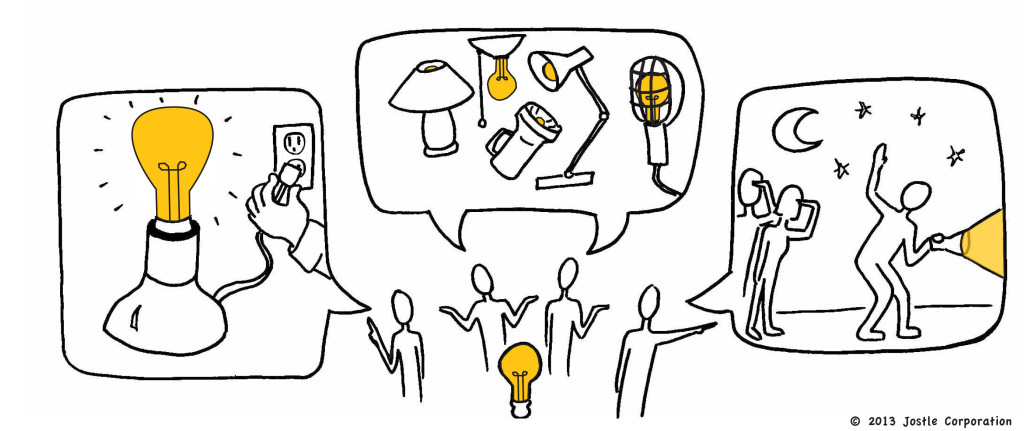By Brian Gray
3 min read

In an article in the April edition of the Harvard Business Review entitled The New Science of Building Great Teams, Alex Pentland describes the “group dynamics that characterize high-performing teams.”
The research, conducted at MIT’s Human Dynamics Laboratory, measured communication behaviour using electronic badges, and found that the key to high team performance is not the content of communication, but the way in which the team communicates.
The conclusion:
“Patterns of communication [are] . . . the most important predictor of a team’s success.”
The research identified three key elements of communication that underlie team performance:

Armed with this knowledge, how can we apply it to build a great team? We can answer this question by considering organization, individual behaviour and workspace design, and how each can contribute to maximize each key element of communication.
First, let’s start with team composition. In the article the author highlights that the data indicated,
“Individual reasoning and talent contribute far less to team success than one might expect. The best way to build a great team is not to select individuals for their smarts or accomplishments but to learn how they communicate and shape and guide the team so if follows successful communication patterns.”
Although the author expressed surprise at this finding, it is one that those responsible to select national sports teams have applied for some time, recognizing that both objective criteria – such as personal scoring statistics – and subjective criteria – fitting in with the group and enhancing the performance of others – are relevant in choosing teams and those that lead them.
Second, team members should develop their personal individual communication skills and apply them in a way consistent with the patterns that lead to high group performance:
Third, set up a work environment – work and workspace design, including policies and practices – that supports effective communication. In the article the authors note that, “Energy is a finite resource”, limiting the extent to which team members engage within and outside their team. This points to the importance of applications and practices that reduce the costs of communication, such as social web platforms coupled with a culture that promotes and values narrating work and collaboration. Workspace design can also advance collaboration, especially outside the group. In an article in the same edition of the Harvard Business Review, The Real Leadership Lessons of Steve Jobs, Walter Isaacson describes how Jobs redesigned the Pixar building,”to promote unplanned encounters and collaborations.”
“If a building doesn’t encourage that, you’ll lose a lot of innovation and the magic that’s sparked by serendipity,” [Jobs] said.”
There is a logic to the interdependent relationship between organizational, team and individual performance: achieving organizational goals requires effective teams, and team performance is contingent upon the group members and how they communicate. Thanks to Pentland’s research we can take targeted action and implement strategies to maximize team performance and, by extension, make the organization more effective. On a final note, Pentland notes that, “The most valuable form of communication is face-to-face. E-mail and texting are the least valuable.” Food for thought.
Read more by
Brian Gray
Jostle’s employee success platform is where everyone connects, communicates, and celebrates at work. Find out more at jostle.me. © 2009–2025 Jostle Corporation. All rights reserved.